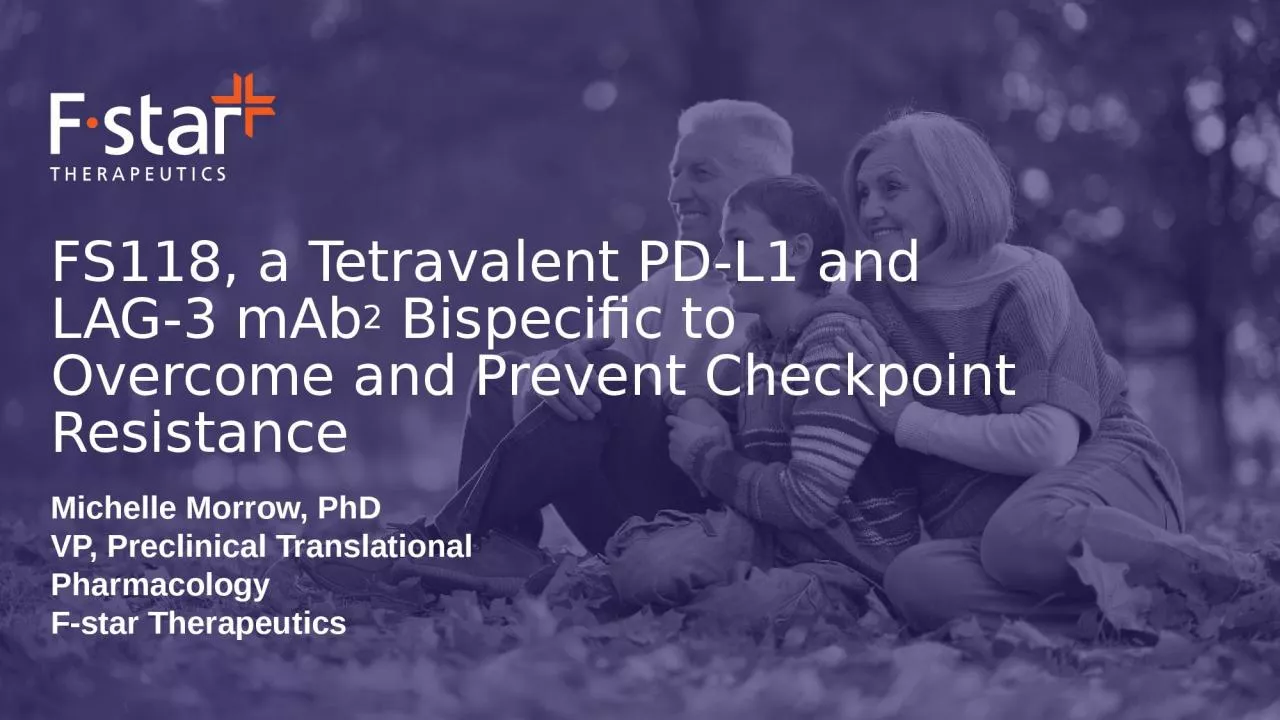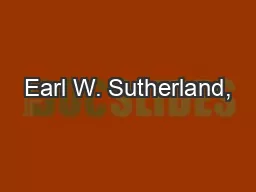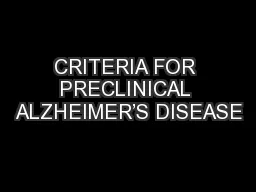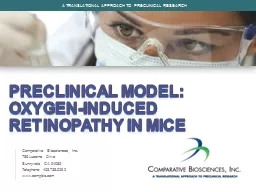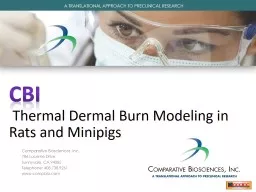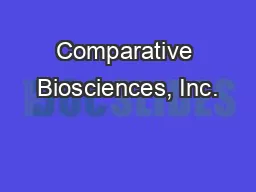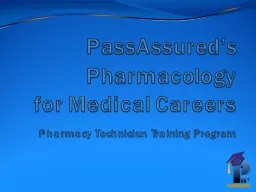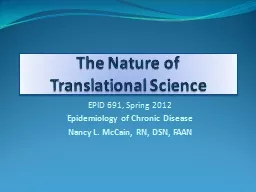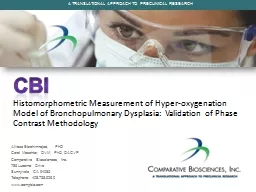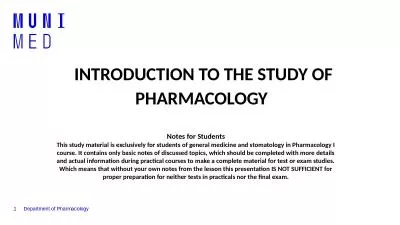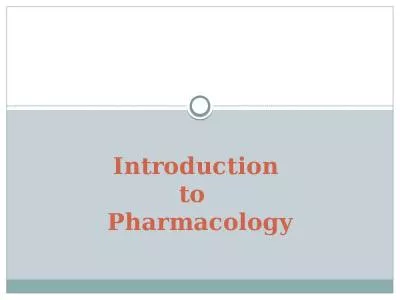PPT-Michelle Morrow, PhD VP, Preclinical Translational Pharmacology
Author : claire | Published Date : 2022-06-20
Fstar Therapeutics FS118 a Tetravalent PDL1 and LAG3 mAb 2 Bispecific to Overcome and Prevent Checkpoint Resistance CONFIDENTIAL The Evolution of Cancer Therapy
Presentation Embed Code
Download Presentation
Download Presentation The PPT/PDF document "Michelle Morrow, PhD VP, Preclinical Tra..." is the property of its rightful owner. Permission is granted to download and print the materials on this website for personal, non-commercial use only, and to display it on your personal computer provided you do not modify the materials and that you retain all copyright notices contained in the materials. By downloading content from our website, you accept the terms of this agreement.
Michelle Morrow, PhD VP, Preclinical Translational Pharmacology: Transcript
Download Rules Of Document
"Michelle Morrow, PhD VP, Preclinical Translational Pharmacology"The content belongs to its owner. You may download and print it for personal use, without modification, and keep all copyright notices. By downloading, you agree to these terms.
Related Documents

